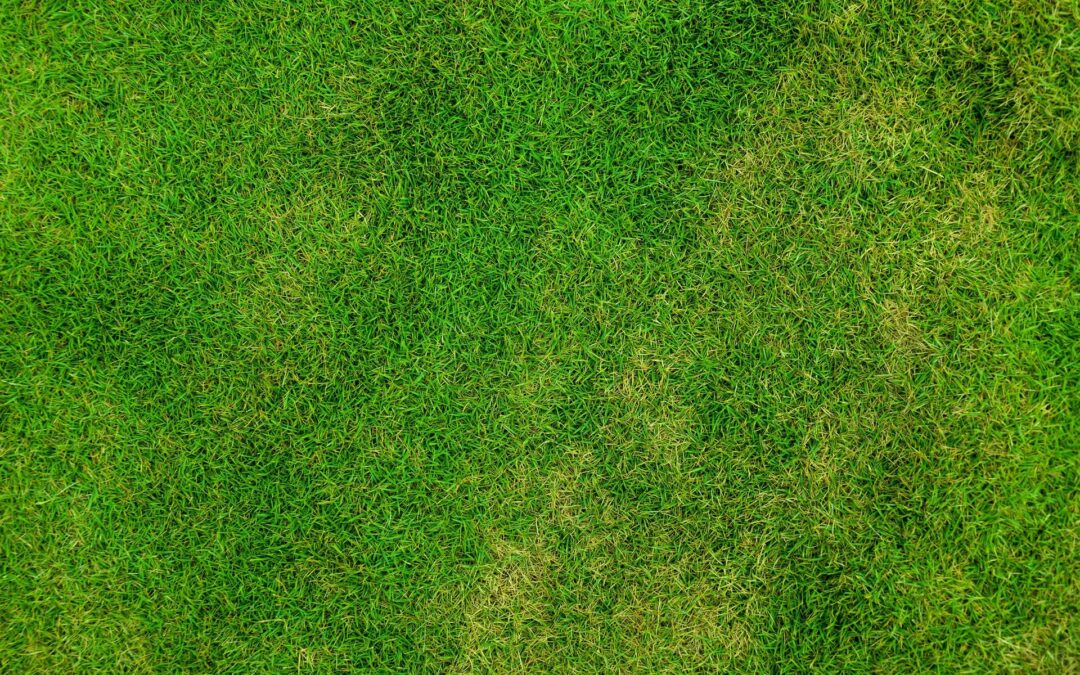Should You Seed or Sod Your Damaged Lawn?
So, should you seed or sod your damaged yard? Good question. It’s been a rough summer on lawns in central Indiana. It could be time for you to establish your lawn. Time to make it look new again. So, how do you know whether your lawn needs seed or sod?
What’s the Difference Between Seed or Sod?
“You can establish a new lawn using seed or sod. Lawns are seeded by spreading the seed over the soil and lightly raking it in. To keep the soil moist, straw may be applied over the top. Sod is grass that is already growing. It is harvested in strips containing both the grass plants and some of the soil. These strips are laid on top of loosened topsoil, providing an instant lawn.” — Purdue Extension
How Do You Know Whether to Seed or Sod?
If more than half of your lawn is dead sod is usually recommended. For smaller areas, it might be best to seed. “You can check to see if your grass is dead by pulling out a small handful of the brown blades. If they all come out easily, the grass is likely dead and will need to be removed and replaced.” — Bob Vila
Sod is grass adapted to the conditions where harvested. Therefore, the sod will need to adapt to the soil, sun, and moisture in your lawn, while seed adapts to the conditions as it grows. Not all sodding is successful. For example, if your lawn is in a highly shaded area, it could be best to seed rather than sod because the sod might not adapt well to the shade.
Heavy rain can wash the seeds away. Sod could be the way to go if there is evidence of water erosion. “For slopes where erosion is a problem, both seed-sown grass and sod work well to stop the problem, but sod’s impact is immediate due to it creating an instant lawn. Seeds often get washed away or flooded.” – SFGate Homeguides
Seed takes several weeks to establish itself and an entire growing season to completely come in. Sod immediate. So, if you need to green up immediately, sod is your answer.
Cost Can Be a Factor
So, If cost is a factor, you might consider seed because sod is more expensive than seed. Also, seed can be a doable DIY project where sod is more complex and most often installed by professionals.
Therefore, the best time to seed in central Indiana is late summer to early fall. If you need to fix your lawn outside of that period, sod might be the way to go. “The best time to seed a lawn is in the late summer to early fall. Adequate soil moisture, warm soil, and limited weed pressure allow for excellent seedling growth. Between August 15 and September 15 is optimum seeding time in the northern half of Indiana, from September 1 to September 30 is optimum in the southern half of Indiana.” — Purdue Turfgrass Science Program.
It’s best to seed or sod in the fall. “Whether your lawn is thin from the rigors of summer or from neglect, fall is the best time of the year to improve your lawn. Some lawns can be dramatically improved with proper fertilization and weed control in fall; whereas others may need reseeding in some areas or even complete renovation.” — Purdue Extension — Lawn Improvement Programs.
How Can We Help You?
Berger Hargis has a company philosophy of providing personal excellence for all our services. Our growth and success have been due entirely to our commitment to honest, excellent customer service. The company has been built on the referral business we have received due to this philosophy.
So, if we can answer any questions about reseeding your lawn, please don’t hesitate to Contact Us.
And if your looking for a career where you can have fun at work, give us a call at (317) 243-0100.
About the Author
Randy Clark is a speaker, coach, and author. He publishes a weekly blog at Randy Clark Leadership.com. Randy is passionate about social media, leadership development, and flower gardening. He’s the proud father of two educators; he has four amazing grandchildren and a wife who dedicates her time to helping others. Randy is the author of the Amazon bestseller The New Manager’s Workbook, a crash course in effective management.
Sod is an excellent way TO control weeds, whereas the watering and care needed to grow seeds creates the perfect conditions for many types of weeds. “It is not typical to have weeds growing in your new sod. Reputable sod farms grow weed-free sod. In most cases, weeds in new sod sprout from seeds blown onto your lawn.” — Peppers Home & Garden
Go Back







